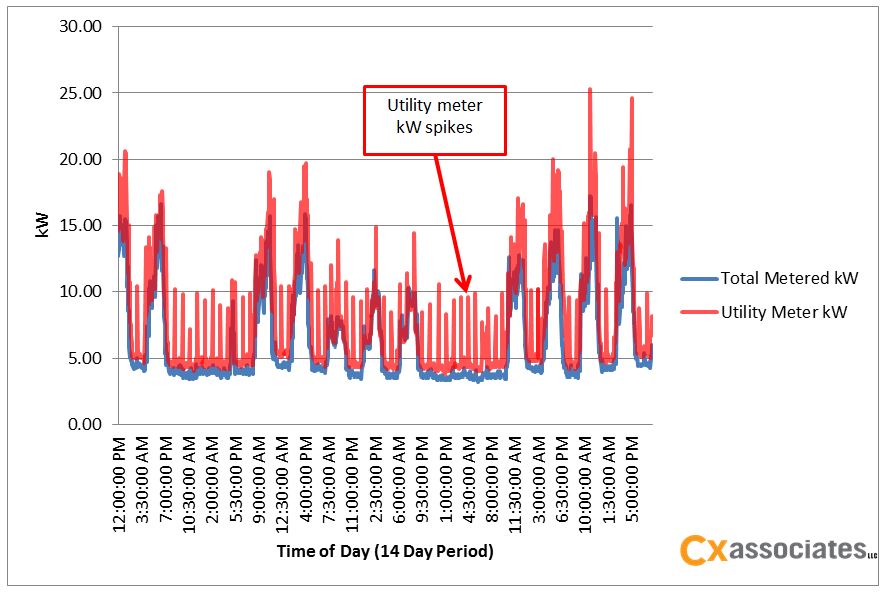A recent blog post in Energy Manager Today highlights the increasing demand for, and utilization of, building energy management systems. The market for building energy management systems (BEMS) is expected to more than triple in size in less than 10 years. Furthermore, the use of BEMS may expand to include the significant energy consumption of transportation access to/from buildings (a topic I have blogged about previously). A BEMS can enable effective energy management if it provides the right information to the right people at the right time.
The right time
The importance of timely information is more than just the provision of real-time, high-resolution energy consumption data. Timeliness is a matter of aggregating, annualizing, or estimating energy consumption for moments when key decisions can be made to reduce energy consumption. This is particularly important for capital planning and efficiency investment decisions, and the building location decisions alluded to in the Energy Manager Today blog post. Energy data archives and estimates need to be available when decisions are made. If not, then there is a risk that planning decisions may lock a building into a high state of energy consumption (e.g., choosing a location that has little opportunity for reduction in vehicle miles traveled for building access, or choosing a building system upgrade that does not address the greatest opportunities for energy reduction).

The right people
The people (i.e., stakeholder, audience, decision-maker) aspect of building energy management is a crucial consideration for an effective BEMS. The design and implementation of a BEMS should address who manages what energy, and present the relevant energy information in a format that is accessible and engaging for each audience. Building occupants typically manage the utilization of lighting and plug loads, and thus would benefit from a BEMS that focuses on lighting energy and equipment energy end-uses. Facility managers will often have more control over the energy consumption for heating, cooling, and ventilating end-uses, and will therefore need a BEMS that provides sufficient detail on the major energy-consuming systems.
The right information
Provision of the right information by a BEMS comes with considerable costs (e.g., programming, sub-metering, monitoring, etc.). Thus, it is worth identifying and prioritizing the major energy consuming systems that can be managed before putting a BEMS in place. Managers and occupants of complex buildings with various types of HVAC systems, lighting controls, and onsite renewable energy sources will likely benefit more from a custom BEMS, as opposed to an off-the-shelf package. It is in this context that I am currently helping a facility management team procure a BEMS that provides the right information to the right people at the right time. The significant growth of BEMS can translate to significant reductions in building energy use, as long as the implementation of BEMS is effectively managed.



